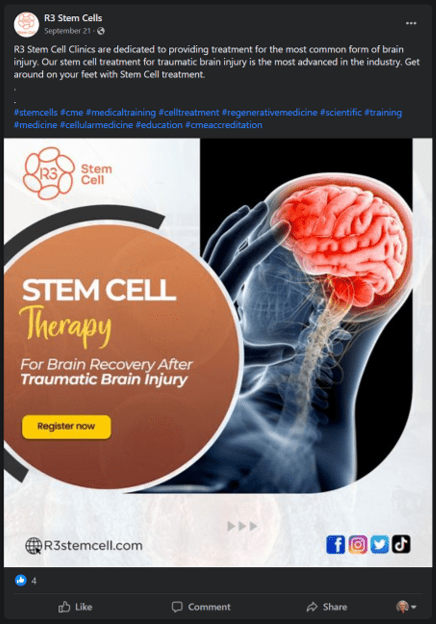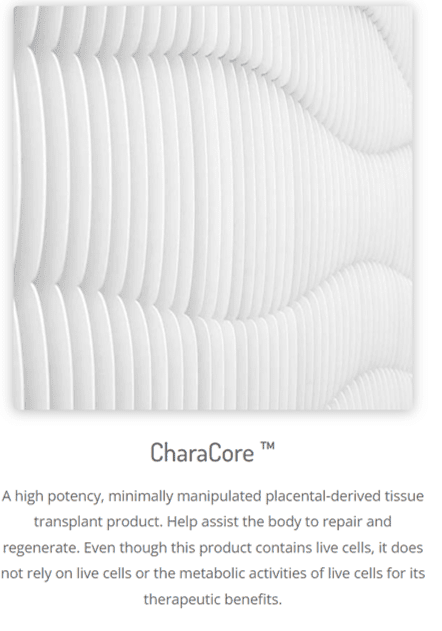Perinatal Gaslighting

Credit: Shutterstock
This is my first blog back from my 6-week sailing journey. I have to confess that while out there on the water and in and out of Marinas, I didn’t feel much like writing, but now that I’m back in the states, it’s time to dive back in. In fact, I feel my “Piss and Vinegar” renewed with some time off. So I’ll begin diving back in with a story of how the Perinatal industry continues to gaslight physicians and how certain doctors who have not taken the time to get educated are allowing and encouraging consumer fraud. Let’s dig in.
Piss and Vinegar
This was my mom’s expression which meant that she had energy and vigor. The phrase came up at breakfast in Orly airport on the way back home. I looked it up expecting to find some ancient English back story of the origin of this phrase, but instead, found that it first became popular in the 1920s and then became more widely known after appearing in a number of John Steinbeck’s novels. That makes sense, as my mom was very much a child of the 20s.
Medical Gaslighting
You might think that gaslighting is not a thing in medicine. However, it’s very common. We see it happen when the industry selling stuff to doctors doesn’t like scientific reality. So they make up their own reality through their sales staff. They even find physicians who will avoid the science or bend it to enhance the gas-lighting message.
The Perinatal Gaslight
This past few years, several studies have been published that clearly show that perinatal products, the ones being sold every day to doctors here in the US, have no living and functional stem cells. This includes amniotic fluid, umbilical cord blood, and umbilical cord Wharton’s Jelly products. I have written so much about this that it’s getting boring.
So why cover this again? Because while I was gone I continued to receive messages from many readers showing that the same old bad actors were right back at the “we’re selling vials of stem cells” messaging. In fact, it’s all over social media. Check these out:

So R3, after receiving a warning letter from the FDA is still advertising that they are selling stem cells? Here’s more information on R3.
How about this:

So here, CharaCore is still advertising that it’s selling a live cell product? That was after receiving an FDA letter as well. Here’s more information on CharaCore.
So this stuff is still going on every day. The biggest problem is that patients and doctors are still buying it. So today I’m going to try to put this in a way that even a 10th-grader can understand.
10th Grade Stem Cell Science
So how can I teach why companies that sell the fiction of stem cells in a vial are committing consumer fraud simply enough so that the average 10th grader would get the idea? Three simple concepts:
- Dead or alive
- Alive but dying
- Dead cells don’t grow
Dead or Alive
How can you tell that cells are dead or alive? Well, there’s a simple way that’s fraught with error and a more complex way that’s more accurate. So let’s begin with the simple way that perinatal stem cell companies use to deceive patients and doctors. That’s called a “live/dead” stain.
What is this stain? It’s taken up by all cells: the living ones can pump it out and the ones that end up stained are dead. You then calculate a percentage of the cells that are alive.
This percentage of living cells is what’s used by perinatal tissue companies to deceive physicians. It’s a simple ruse. For example, you can report that 87% of the cells are alive. There’s just one problem, that’s not entirely true. Remember when I said this test had problems?
Alive but Dying
The problem with the simple live/dead stain used by perinatal tissue manufacturers is that it’s too simple. Why? There are actually three states that the cells could be in, not two. These are alive and healthy, alive but sick, and dead.
So how can you accurately measure what’s happening with the cells in the vials that perinatal tissue manufacturers sell? It’s called an “apoptosis stain”. While that’s a fancy word, it means alive but dying. These are cells that are counted by the simple live/dead stain as “living”.
The problem is that when you test umbilical cord and amniotic products, while they have acceptable live/dead stain rates, the living cells are all dying on the more sophisticated apoptosis test. Does any perinatal company report the results of an apoptosis stain? Nope.
Dead Cells Don’t Grow
The final test is to see if the cells can grow and reproduce. That’s called a CFU-f test. Living and healthy cells can do this, but dying or dead cells can’t. The vials of amniotic and umbilical cells being sold don’t produce any colonies and don’t grow in a culture dish, further confirming that they are dying and non-functional. Does any perinatal company report CFU-f data? Nope.
What If My Doctor Hasn’t Gotten the Memo and Offers Me “Stem Cells” From a Vial?
There’s just no nice way to say this, but your doctor is an idiot. The science doesn’t support that this is a true statement.
What If My Doctor Shows Me a “Report” Proving that the Cells are Alive?
It’s a simple live/dead stain and now you know that these results don’t accurately describe living and healthy cells.
How About a Flow Cytometry Report?
I’ve blogged extensively about these reports, but suffice it to say that even if there is some small number of the cells in these vials that could be identified as “stem cells” using a technology known as “flow cytometry”, dead stem cells are worthless.
The upshot? At the end of the day, we have a patient and physician education problem that’s being exploited by perinatal “stem cell” companies that are IMHO committing consumer fraud. I hope that at least a few more patients and physicians get educated by this blog.

NOTE: This blog post provides general information to help the reader better understand regenerative medicine, musculoskeletal health, and related subjects. All content provided in this blog, website, or any linked materials, including text, graphics, images, patient profiles, outcomes, and information, are not intended and should not be considered or used as a substitute for medical advice, diagnosis, or treatment. Please always consult with a professional and certified healthcare provider to discuss if a treatment is right for you.
